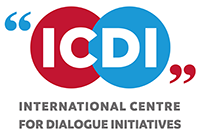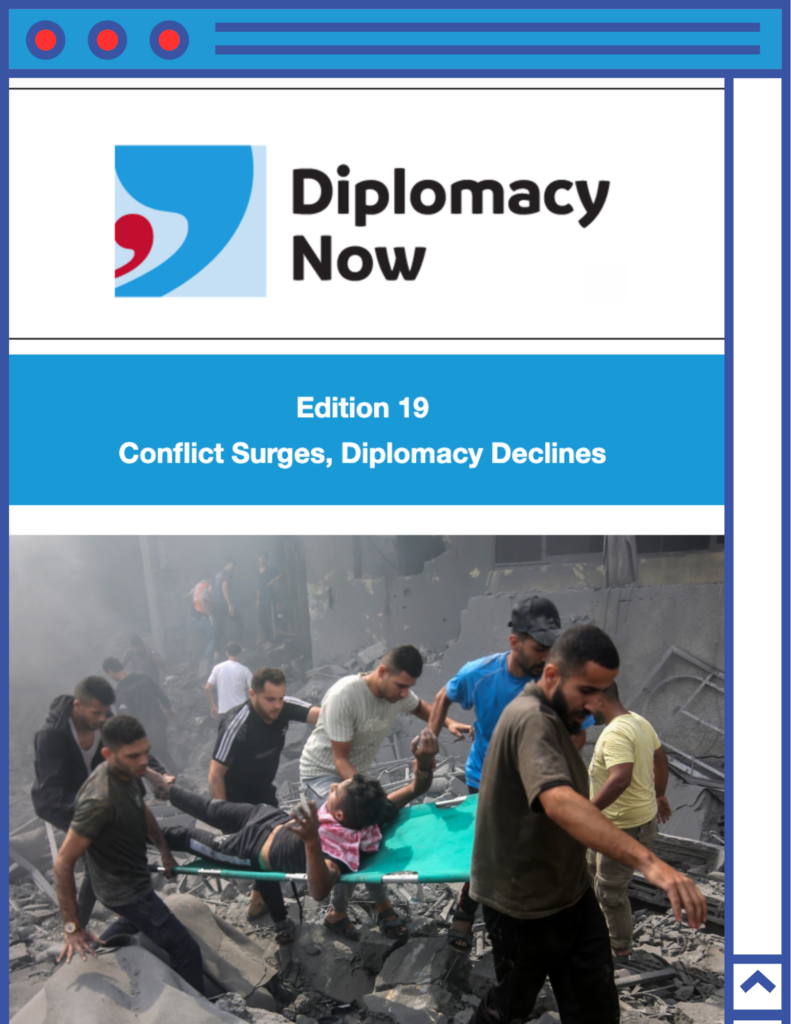A thunderous applause filled the United Nations General Assembly hall on Sunday, as member states adopted, by consensus, the Pact for the Future, a non-binding action plan meant to modernize an outdated multilateral system – built at the end of World War II – to handle the challenges and threats of the 21st century.
“We cannot wait for perfect conditions,” said UN Secretary-General António Guterres after the vote. “We must take the first decisive steps towards updating and reforming international cooperation to make it more networked, fair and inclusive – now. And today, thanks to your efforts, we have.”
However, not everyone is celebrating the adoption of the pact. Russia, who throughout deliberations objected to language on nuclear weapons, submitted a last minute amendment – supported by Belarus, the Democratic Republic of Korea, Iran, Nicaragua and Syria – calling on the UN “not to intervene in matters which are essentially in the domestic jurisdiction of any State.”
Before the vote, the General Assembly overwhelmingly rejected Russia’s addition. If adopted the amendment would have rendered the pact dead on arrival. “This frustration is only a mirror of a larger chaos that rules our world,” said a source familiar with the negotiations who spoke on the condition of anonymity.
“While the negotiation process was not satisfactory, and the Pact is not perfect, we believe it will advance these common objectives of the international community,” said Pakistan’s Ambassador to the UN Munir Akram in a text. In negotiations he represented the Like-Minded group of developing countries.
Fraught negotiations over the Pact’s final language
Fraught from the start, member states sparred for months over language related to human rights, artificial intelligence, and fossil fuels, a contentious sticking point for Saudi Arabia who, during negotiations, pushed back on passages that recognized the threat of fossil fuels to the environment.
“Their strategy has been to block reference to the very clear scientific and social and economic need to transition away from fossil fuels and pack the section with “loopholes” said Alex Rafalowicz, executive director of the Fossil Fuel Non Proliferation Treaty initiative. The language in the final draft has improved, but it’s still “far short of what the world needs today, let alone for the future,”
Although world leaders were able to drag the pact over the finish line, the apparent friction has left some within and beyond the carpeted halls of the UN doubtful the document – which relies, in part, on consensus language from existing agreements – can deliver on its promise for a global transformation.
“Yes, [the pact] has a lot of motherhood statements, but what is different?” said Anit Mukherjee, senior fellow for the Global Economics and Development program at Observer Research Foundation America, a nonprofit think-tank. “What’s different between this pact and others that have come before, and what is it going to change on the ground?”
The Pact for the Future – the outcome document of the Summit of the Future – has 56 action items that address five areas of global concern, including sustainable development and financing, international peace and security, digital cooperation, youth and future generations and transforming global governance. It also includes two separate annexes, a Global Digital Compact and a Declaration on Future Generations.
Subject to change, the speaker’s list shows that 130 heads of state and government were scheduled to speak at the Summit of the Future. However, unlike the General Assembly high-level week, which coincides with the summit, no leaders from the P5 countries – United States, United Kingdom, France, China and Russia – spoke at the summit.
What is the Summit of the Future? How did we get here
The Summit of the Future first surfaced in the Our Common Agenda report. It was put forward in 2021 in response to a request from member states for recommendations from Secretary-General Guterres on how to “advance our common agenda and to respond to current and future challenges.” One of Guterres’s proposals was for the UN to convene a Summit of the Future.
“The Summit of the Future was born out of a cold hard fact: international challenges are moving faster than our ability to solve them,” said UN Secretary-General António Guterres at a press briefing in New York on Sept. 18. Multilateral institutions of a “bygone era of a bygone world” cannot face 21st-century challenges, Guterres added. “The architecture of global problem solving was never meant to be preserved in amber.”
Baked into the Pact for the Future and a key focus for the summit are the Sustainable Development Goals (SDG). Established in 2015, the 17 SDGs act as a blueprint for member states to eliminate a wide range of global challenges, including poverty, hunger and inequality, by 2030. But the most recent SDG report claims that, “only 17 percent of the SDG targets are on track,” in some cases, progress has stalled or even regressed.
According to Mukherjee, this backsliding does not bode well for the pact’s success, especially in the global South where countries struggle to make significant progress on achieving the SDGs due to debilitating levels of debt and financial institutions that are no longer fit for purpose. This is where the global South’s calls for reform are “becoming stronger,” he said.
Security Council Reform/ Missing the Bigger Picture
With Security Council reform being one of several sticking points in the Pact for the Future negotiations US Ambassador to the UN Linda Thomas-Greenfield made news on Sept. 12 when she announced – during a discussion at the Council of Foreign Relations – an American think tank – that the US supports adding two permanent seats for Africa on the Council and an elected seat for small island developing states (SIDS). She added that the seats would not come with veto power as it would make the Council “more dysfunctional,” and the P5 members are in no hurry to give up theirs.
“The P5 will never give up their veto power,” said Daniel Warner, the former deputy to the director of the Geneva Graduate Institute, in Switzerland. “Never!”
Both the US and Russia have been criticized for their continued use of the veto on resolutions that call for a ceasefire in Gaza and a cessation of hostilities in Ukraine, effectively blocking the Council, the most powerful body at the UN, from taking meaningful action.
Meanwhile, in March, the US abstained on Resolution 2728, which called for an immediate ceasefire in Gaza, allowing the draft to be adopted; however, after the vote, Ambassador Thomas-Greenfield raised eyebrows when she referred to the resolution as non-binding, arguably to strip the document of its legal weight.
Still, Warner said the Pact for the Future cannot be successful without strict adherence and respect for the international laws and treaties that deal with the “heart of the matter” which is peace and security, which is included in the pact.
“You can’t talk about the future unless you have a reasonable and precise summary of what’s going on now,” he said. “How can you have countries sign a pact when the Geneva Convention, otherwise known as the laws of war, are being violated all the time” and “there’s no punishment?”
Notably, in one of its introductory paragraphs the pact calls for a “recommitment” to international law adding that it is not an “option but a necessity.”
Outcomes of the summit
Beyond the summit, it is challenging to pinpoint how the two-day event will impact the future, if at all.
According to the pact, member states will review its overall progress “at the beginning of the eighty-third session of the General Assembly through a meeting at the level of Heads of State and Government.”
Meanwhile, regarding the hot wars in Gaza, Ukraine and Sudan, Richard Gowan, the UN director of the Crisis Group said the summit will have no immediate impact. “It’s not okay that those wars are continuing, but it’s okay that the summit is not about the wars,” Gowan said. “If member states had tried, or if the SG had tried, to use the summit process as a way to resolve those specific conflicts, it would have collapsed.”
On outcomes related to the governance of new technologies, Security Council reform, and UN peace operations, Guy Ryder, under secretary-general for policy and UN lead for the Summit of the Future said at a press briefing on Sept. 11 in New York that everything depends on implementation and that it won’t happen the day after the pact is gaveled.
Ryder added, “I think we ought to have this conversation one year on from now.”
Dawn Clancy is a New York City based reporter who focuses on international conflict and diplomacy. She holds a master’s degree from Columbia University’s Graduate School of Journalism. Previously, she has written for PassBlue, Vereinte Nationen, The Washington Post and HuffPost.




